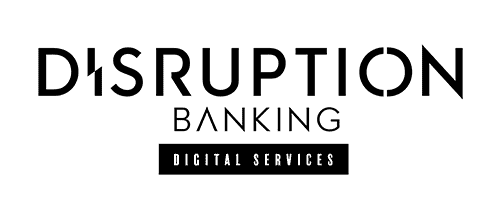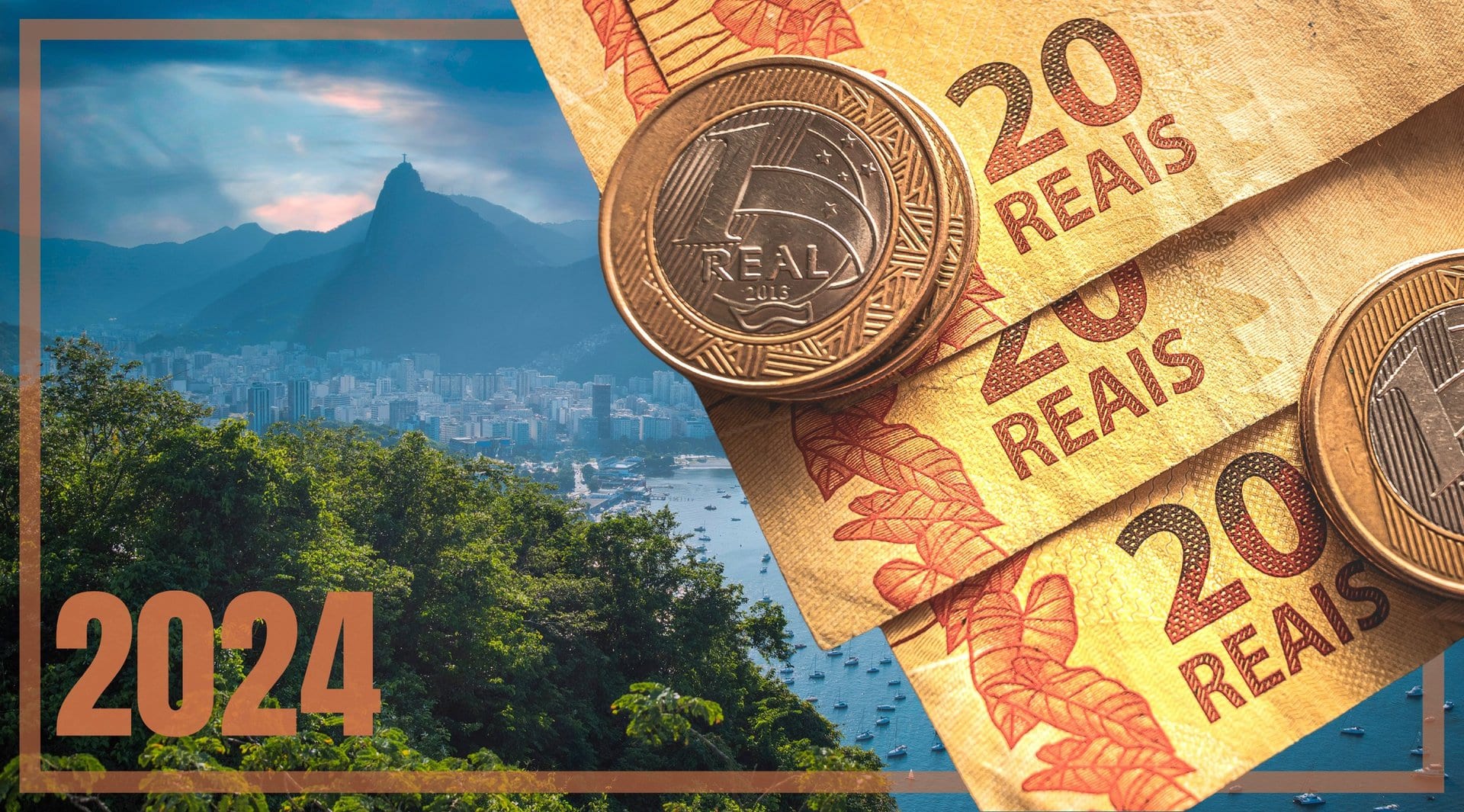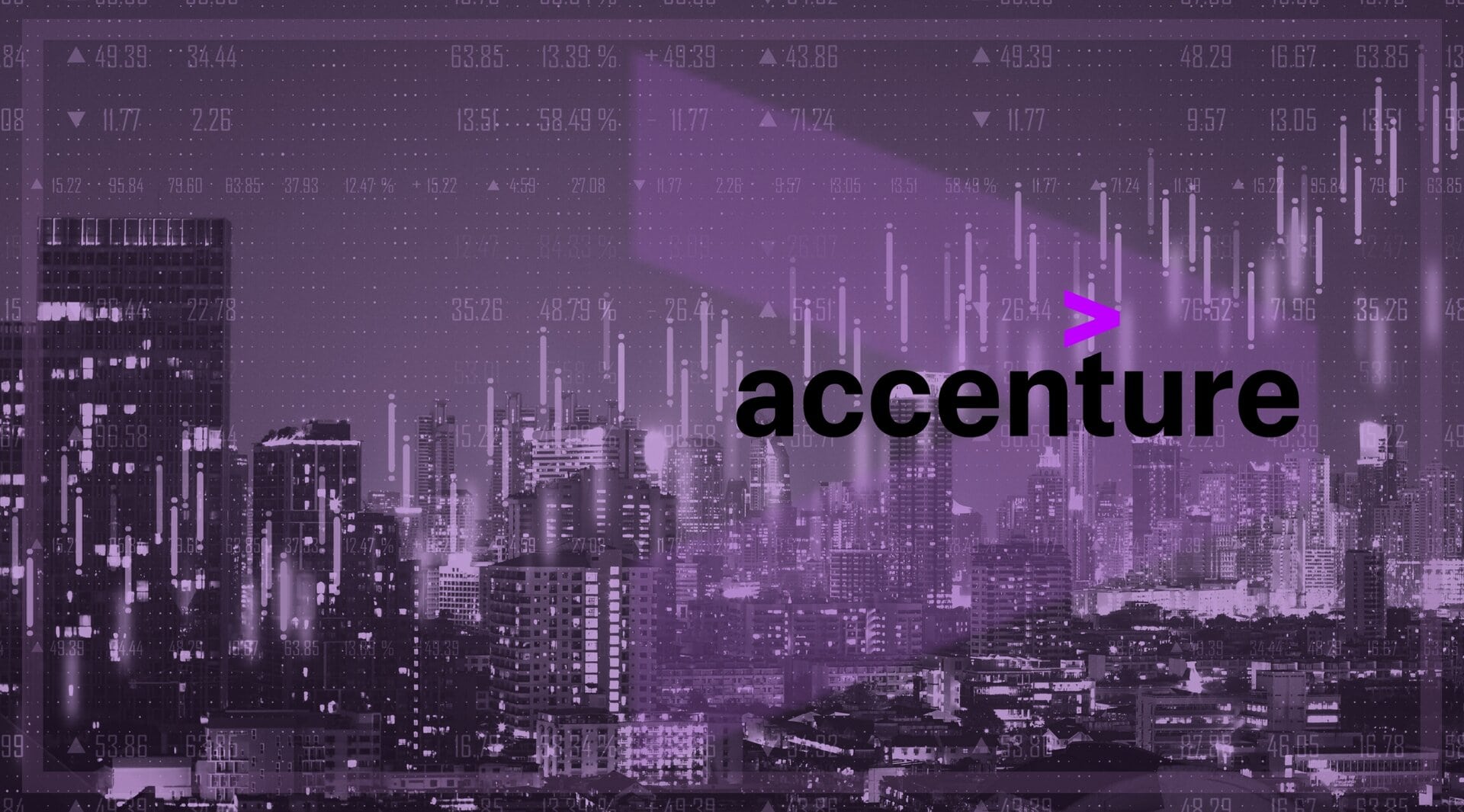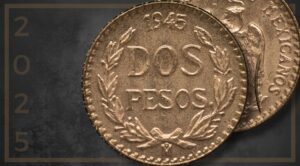There is currently a considerable amount of optimism in Brazilian real (BRL) foreign exchange markets – and indeed, Brazilian financial markets more generally. Genoa Capital, a hedge fund based in Sao Paolo with $3.8 billion in assets under management, recently said they were bullish on both the real and locally listed stocks, which have hit record highs in recent months. With BRL having made some gains against the dollar in recent months, and currently trading at 4.9781 against the greenback, will the Brazilian real post further gains in 2024?
One factor driving bullish bets on the real is the Brazilian central bank’s conservative approach to lowering interest rates. Despite widespread political pressure to reduce rates quickly and stimulate spending – inflation is relatively low at under 5% – the central bank has indicated it is in no rush to ease monetary policy too rapidly. The benchmark Selic rate has now been lowered by 50 basis points for five straight meetings, and the bank has suggested that it will be maintaining this steady pace for the foreseeable future.
Brazil’s central bank says services inflation and wage pressures in the labor market need more analysis, indicating caution as policymakers continue to cut interest rates gradually https://t.co/YK1Bwccqrd
— Bloomberg Economics (@economics) February 7, 2024
This should be a boost for the real as higher interest rates incentivise more foreign exchange traders to hold the real in order to benefit from the elevated yields on offer. With the Federal Reserve also suggesting that interest rate cuts will not come until the second quarter at the earliest, it seems that the Brazilian central bank has plenty of incentive to move to lower rates in a slow, sustained way.
To a large extent, however, gains in the real market could depend on the decisions of the Fed. Some analysts are suggesting that the US dollar will continue to remain at its historically strong levels this year. Particularly if inflation starts to tick up again in the States, as now appears likely, the Fed could be forced to maintain a higher interest rate environment for longer. In turn, this would likely encourage traders to increase their exposure to the dollar, potentially to the detriment of emerging market currencies such as the real.
Indeed, Brazilian bank Itau Unibanco noted in a recent research paper that “external fundamentals continue to generate much uncertainty and suggest greater pressure on the currency, with the continuation of a scenario that includes a strong dollar, the outperformance of the US economy versus its peers, and a narrowing interest rate differential throughout the year.”
Goldman Sachs Research’s Kamakshya Trivedi explains why markets will be living in a strong US dollar world for some time. #GSExchanges: https://t.co/j06ArZALRS pic.twitter.com/1vlLWiuYwe
— Goldman Sachs (@GoldmanSachs) December 8, 2023
That said, Brazil’s increasingly strong trade surplus should be a positive factor in the real’s favour. Brazil’s trade surplus hit record levels in May last year, when Brasilia saw a $11.4 billion surplus on account of strong crude oil and grain exports. Brazil’s oil production is increasing in particular, with some analysts projecting the country soon to become the world’s fourth largest oil producer. With global oil supplies tightening because of the instability in the Red Sea and Suez Canal, Brazil could find that there is greater demand for its commodities and therefore higher prices, further boosting government finances.
Itau Unibanco predicts that Brazil’s trade surplus will rise from $80 billion last year to $85 billion in 2024. This would likely increase the value of the real. Put simply, running a trade surplus means there is a high demand for a country’s goods and therefore for a country’s currency, which needs to be purchased in order to buy the goods. High demand for Brazilian crude oil and other commodities should therefore offer a boost to the real and lower the current account deficit, thereby minimising downside risk to the real.
#Brazil: Petrobras intends to be one of the last remaining oil producers on the planet, the Brazilian energy company’s chief executive said as he outlined a $100bn-plus investment plan concentrated on offshore oil exploration and production.#oott https://t.co/iMaTwLi43i
— Giovanni Staunovo🛢 (@staunovo) February 7, 2024
The sentiment is generally positive for the real – with measured rate cuts and strong exports potentially playing into a stronger Brazilian currency in 2024, although fiscal risks remain high given the current government’s commitment to high-spend policies. This could become a significant downside risk to the real should spending get out of control. ING bank have suggested that USD/BRL could be trading close to 4.50 in the second quarter, presuming that the central bank continues to ease monetary policy in an orderly fashion. Should the real be trading at around this level by the end of 2024, traders currently exposed to the currency could see gains of around 10%.
Author: Harry Clynch
#Brazil #BrazilianReal #BRL #SouthAmerica #ForeignExchange















